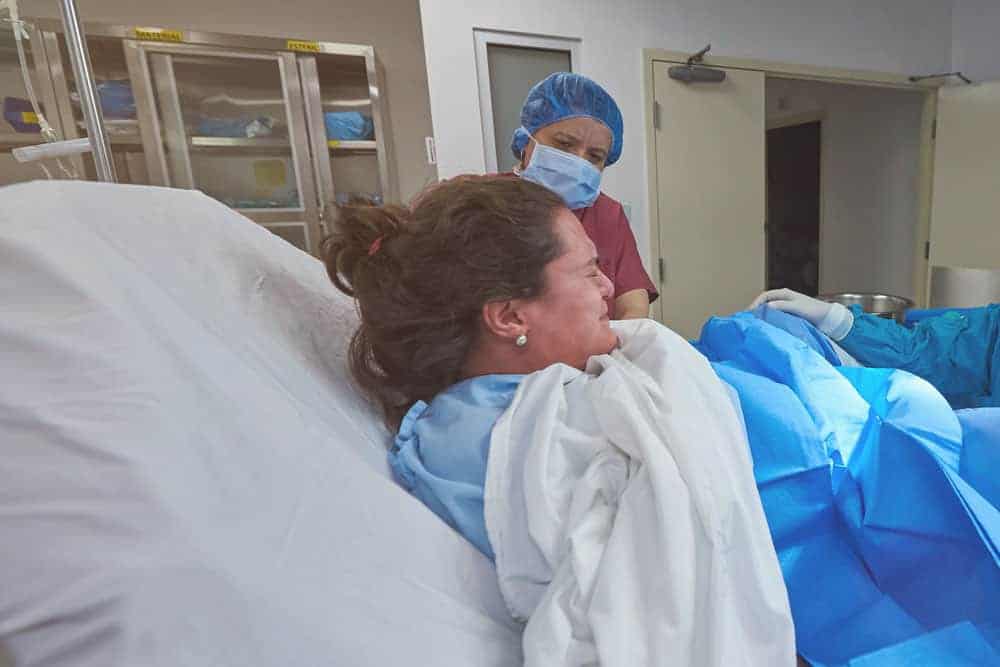Salt-N-Pepa might not have been talking about labor and delivery when they released their iconic song in 1986, but it turns out they were spitting some serious truth.
Thanks to a recently released study, doctors are changing their tune (snort) when it comes to deciding when to push during labor.
How the study worked
2414 women were broken down into two groups. Half were instructed to push immediately upon reaching 10cm dilated. The other half waited 60 minutes to begin pushing after hitting 10cm.
Both groups received epidurals and were first-time moms (also called nulliparous, if you want to sound 6000% more fancy).
Side note: how they found this many women who were willing to follow instructions like “No, don’t push for another hour! You signed up for science, remember?!” is beyond me. But alas, I digress.
What they found
Researchers found there was no significant difference in the rate of spontaneous vaginal delivery (meaning no interventions, like forceps, vacuums, or c-sections) between both groups.
Or, in other words, it didn’t make a difference if you waited an hour, or started pushing right when you hit 10cm. Each group had roughly the same success rate of delivering without interventions (85.9% for immediate pushing vs 86.5% for waiting).
This is relevant because some health care providers subscribe to the idea that waiting an hour after reaching 10cm makes pushing easier, and ultimately decreases the need for interventions. But as this study suggests, that isn’t necessarily true.
There were also some interesting secondary findings
- The rate of chorioamnionitis (a condition commonly associated with prolonged labor) was lower in the group allowed to push immediately.
- The rate of postpartum hemorrhage was lower in the group who pushed immediately.
- Pushing immediately vs waiting 60 minutes didn’t reduce rates of neonatal morbidity (including death, as well as 9 other adverse outcomes).
- Although immediate pushing vs delayed pushing didn’t show a statistically significant difference in 1st and 2nd degree perineal lacerations, the risk of 3rd and 4th degree perineal lacerations was higher in the group who pushed immediately.
When to push during labor
You might hit 10cm and feel the urge to pu-push it REAL GOOD. Or you might hit 10cm, relish in the decreased contractions, and feel like holding tight for a bit while your body recovers.
In the end, it’s up to you and your health care team to decide when you should start pushing, but it’s nice to know science supports some flexibility. Now, if you could just extend that flexibility to your… ya know what? I’ll stop right there. No need to fret about the details just yet. Now go eat a cupcake, and think about baby snuggles.
Related: Hospital Bag – What to Pack




Leave a Comment